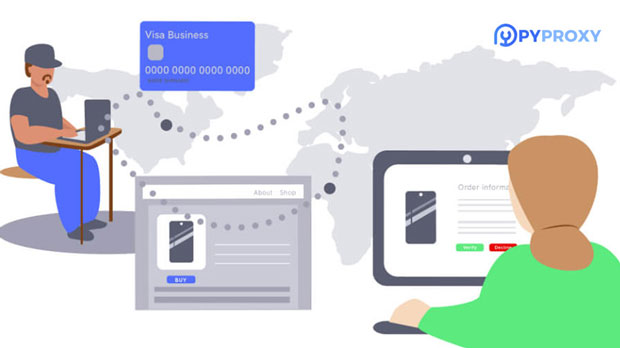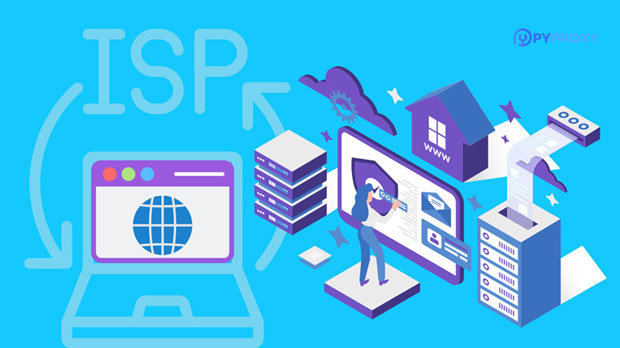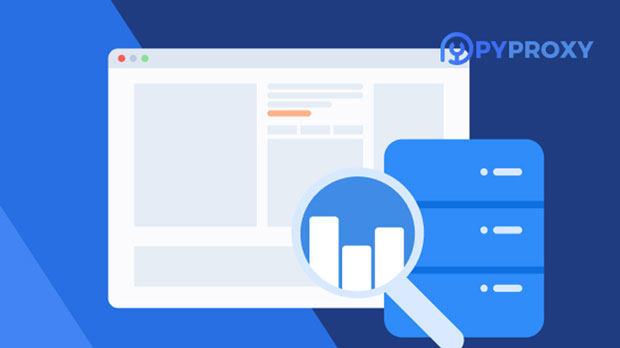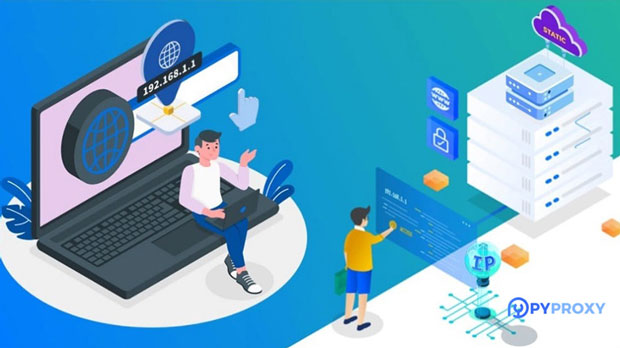How do I choose the right proxy IP address service for me?
Choosing the right proxy ip service is crucial for maintaining privacy, enhancing security, and optimizing internet performance. With numerous proxy providers available, selecting the most suitable service can be a challenging task. Factors such as reliability, security features, and pricing plans must be carefully considered. In this article, we will discuss how to identify the best proxy IP service based on various criteria, including usage needs, geographic location, technical features, and customer support. By evaluating these factors thoroughly, users can make informed decisions and select a service that aligns with their requirements. 1. Understand Your RequirementsBefore diving into the selection of a proxy IP service, it’s essential to first understand your specific requirements. Different individuals and businesses have varying needs when it comes to online anonymity and security. Here are some factors to consider:- Privacy and Anonymity Needs: If your primary goal is to safeguard your online activities, ensure that the proxy service you choose has robust security features, including encryption and a no-logs policy. For those who require enhanced anonymity, selecting a service that offers residential proxies (which route traffic through real users’ devices) might be a better choice over data center proxies, which are easier to detect and block. - Purpose of Use: The type of proxy you need may vary based on your usage. For example, a business conducting market research might need a proxy with fast response times and the ability to handle large-scale data scraping tasks, while an individual seeking to protect their online identity might need a proxy with advanced security features. - Budget: Proxies come in different pricing tiers. Generally, residential proxies are more expensive due to their greater anonymity and legitimacy, while data center proxies are often cheaper but might not provide the same level of privacy. Consider your budget and weigh the costs against the benefits of each type of proxy service.2. Proxy Types: Which One Is Right for You?There are several types of proxies, each serving different purposes and offering varying degrees of security and performance. Understanding the differences between them is essential in choosing the right service:- Residential Proxies: These proxies are provided by real residential IPs, making them harder to detect as proxies. They are ideal for activities that require high anonymity, such as web scraping, account management, or accessing geo-restricted content. They tend to be more expensive but offer excellent privacy protection.- Data Center Proxies: These are hosted on virtual servers and are faster and cheaper than residential proxies. However, they can be easily detected by websites and might not be ideal for activities that require high levels of anonymity or security. They are suitable for tasks such as basic browsing, SEO analysis, or testing web applications.- Mobile Proxies: These proxies are assigned to mobile devices and are useful for applications requiring mobile traffic. They provide a high level of anonymity because they mimic real users. These proxies are commonly used for tasks like ad verification, social media automation, and market research.- Rotating Proxies: These proxies change IP addresses frequently, which makes them suitable for activities like web scraping or bulk account management. Rotating proxies can help avoid detection by websites that track IP usage and implement rate-limiting measures.3. Geographic Location and IP Pool SizeThe geographic location of the proxy servers can significantly impact your experience, especially when trying to access content or services available only in specific regions. Here's what you should consider:- Location-Specific Content: If you need access to region-restricted content, ensure that the proxy service provides servers in the country or region you're targeting. Some services allow you to choose proxies based on specific cities or countries.- IP Pool Size: A large pool of IP addresses offers greater flexibility, especially for activities like web scraping, where multiple IPs are required to avoid being blocked. Ensure that the proxy service has a vast selection of IP addresses to choose from, so you can rotate IPs frequently without encountering issues.4. Speed and PerformanceSpeed is an essential factor when choosing a proxy service, especially for tasks that involve real-time interactions such as gaming, video streaming, or online shopping. A proxy with slow performance can cause delays and hamper your overall user experience. When assessing speed, consider the following:- Latency and Bandwidth: Look for proxy providers that offer low-latency connections and high-bandwidth capabilities. These factors are critical for activities like streaming HD videos, playing online games, or running real-time data analytics.- Server Load: A proxy with a high server load can lead to slower speeds. Ensure that the provider maintains a balance between the number of users and the number of available proxies to avoid congestion.- Test Speeds: Many proxy providers offer trial periods or money-back guarantees. Take advantage of these options to test the speed and reliability of the proxies before committing to a long-term plan.5. Security FeaturesSecurity is one of the most important aspects to consider when selecting a proxy service. Your proxy should protect your data from hackers, malicious actors, and other cyber threats. Key security features to look for include:- Encryption: Ensure that the proxy service provides encryption to secure your data during transmission. This is particularly important when using proxies for sensitive activities like financial transactions or accessing confidential information.- No-Logs Policy: Choose a provider that has a strict no-logs policy, meaning they do not track or store your online activities. This adds an extra layer of privacy protection, as your browsing history will not be accessible to third parties.- IP Authentication: Some proxy services offer IP authentication methods that allow only certain IPs to use the proxy service. This adds an extra layer of security by ensuring that unauthorized devices cannot access your proxies.6. Customer SupportGood customer support can make a significant difference when using a proxy service, especially if you encounter technical issues or need assistance setting up the service. When choosing a provider, ensure they offer:- 24/7 Support: Look for a service that provides round-the-clock customer support, either through live chat, email, or phone. This ensures that help is available when needed, especially for time-sensitive tasks.- Knowledge Base: A well-maintained knowledge base with guides, FAQs, and troubleshooting tips can be helpful in resolving minor issues on your own.- Reputation: Check user reviews and feedback to gauge the reliability and responsiveness of the provider's customer service team.7. Scalability and FlexibilityYour proxy needs may change over time, so it's important to choose a service that is scalable and flexible. Whether you are a small business or an individual user, the service should allow you to easily upgrade or downgrade your plan based on your changing requirements. Scalability factors to consider include:- Customizable Plans: Look for a provider that offers a variety of plans, allowing you to choose the number of proxies, bandwidth, and features that best match your needs. This will enable you to adjust your service as your requirements grow.- Flexible Contracts: If possible, choose a provider that offers flexible contracts, so you are not locked into long-term commitments. This gives you the freedom to switch services if your needs change.ConclusionChoosing the right proxy IP service requires careful consideration of various factors, including your specific needs, budget, and the security features offered. By understanding your requirements and evaluating different types of proxies, you can select a service that best aligns with your objectives. Be sure to assess the geographic coverage, speed, security, customer support, and scalability of the service, and don’t hesitate to test the service before committing to a long-term plan. With the right proxy provider, you can enhance your online experience while ensuring privacy and security.
2025-01-23

























































